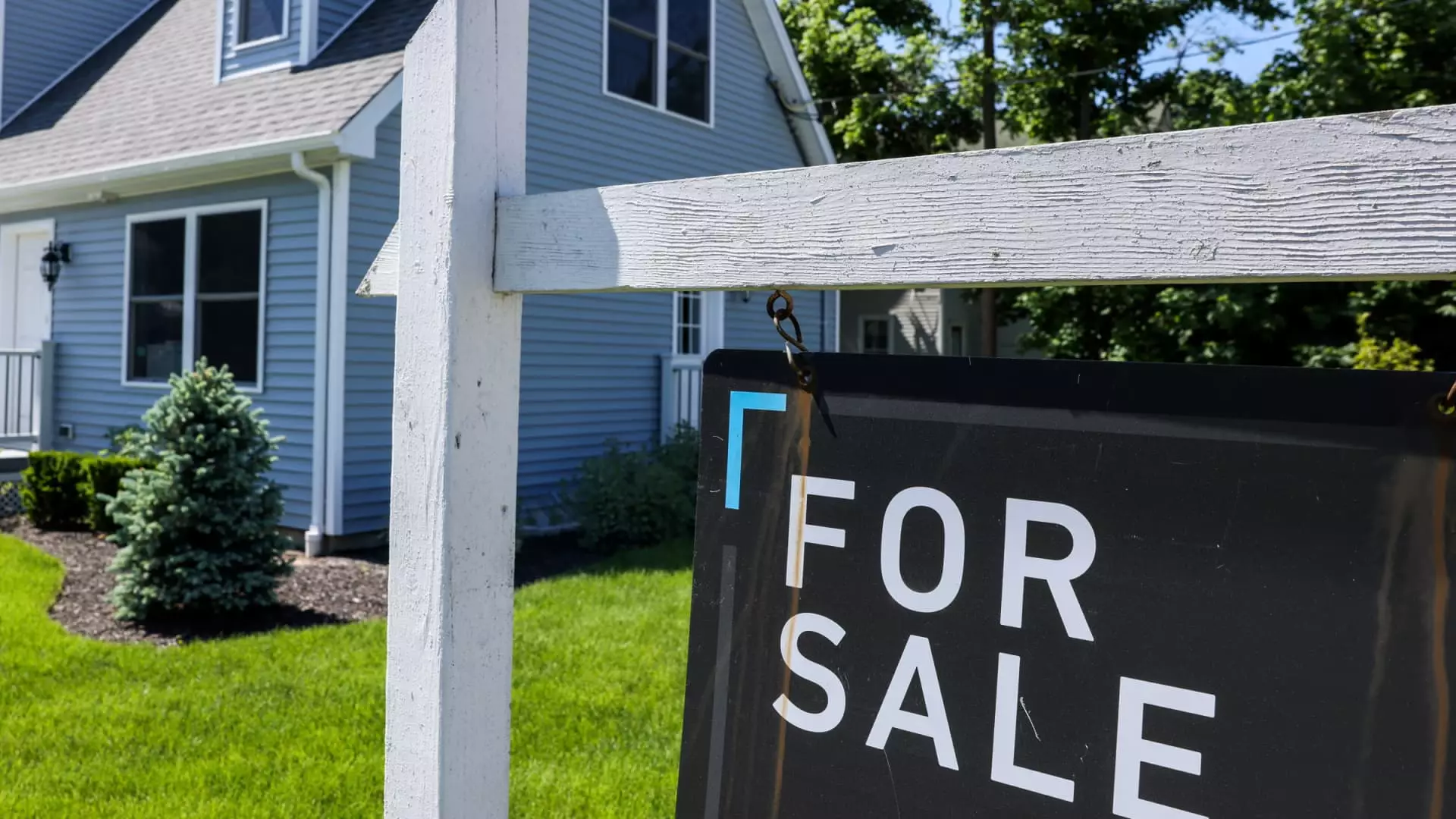Last week, financial market turbulence led to a noticeable dip in mortgage interest rates, triggering a remarkable 20% surge in mortgage application volume compared to the previous week. According to the Mortgage Bankers Association, this uptick took application levels to their highest since September 2024. While it is tempting to celebrate such a spike, one must tread cautiously. The complexity surrounding mortgage rates is akin to a tightly wound spring—what goes down can just as easily spring back up. The average interest rate for conforming 30-year fixed mortgages dropped from 6.70% to 6.61%, but this could be more a blip in the radar than a trend.
Refinancing: A Double-Edged Sword
A significant driver behind this newfound demand has been the 35% increase in refinance applications, which are 93% higher than a year ago. However, let’s not forget the context: the refinancing market is still relatively stunted. Yes, some homeowners are scrambling to capitalize on this temporary decline in rates, but this flurry is built on a fragile foundation. According to the latest data, the average refinance loan size has hit nearly $400,000, suggesting that larger loans are increasingly dictating market trends. Is this really a sign of financial health, or merely a reflection of desperation among homeowners reluctant to stay tethered to their higher rate mortgages?
The Stranglehold of Prices
On the purchase side, mortgage applications for buying homes saw a 9% increase week-over-week, aligning with a 24% rise compared to the same week last year. Yet it’s crucial to recognize that despite a surge in listings, prospective buyers are grappling with soaring home prices. While these numbers may paint a rosy picture, they fail to capture the stark reality that many would-be homeowners are experiencing: an uphill battle against inflated market values. This disparity is leading more buyers to embrace adjustable-rate mortgages (ARMs), which have increased to 8.6% of total applications. A shift towards ARMs indicates that buyers might be willing to take on more risk—an imprudent choice in a market that is anything but stable.
The Rise and Fall of Mortgage Rates
Interestingly, the fleeting nature of this surge is highlighted by a sudden uptick in mortgage rates earlier this week, reversing last week’s decline and potentially nullifying any gains achieved. This volatile cycle raises questions about the sustainability of mortgage demand. Economic stability is precarious at best, as unexpected tariff updates and global financial fluctuations can reshape market dynamics overnight. It leaves one pondering whether this is merely a traditional prelude to a more significant shift—an environment where homeowners might find their best option lies not in refinancing or buying but in simply holding their breath.
Time for a Cautious Optimism
It would be naive to overlook the positive sentiment generated by these short-lived trends. However, a genuine analysis reveals underlying challenges—market pressures, rising home prices, and new rate hikes—that render the recent spike in applications as nothing more than a momentary flash in the chaotic world of finance. Thus, while the statistics may offer a glimmer of hope, the reality paints a starkly different picture.

